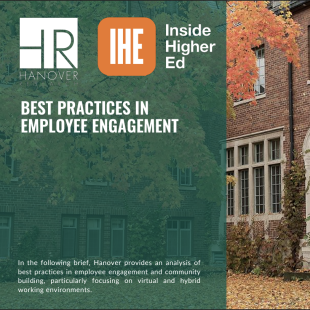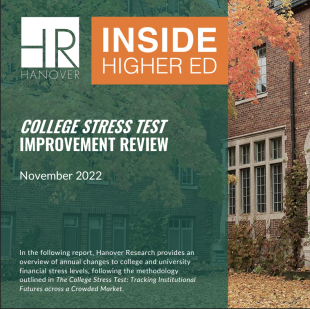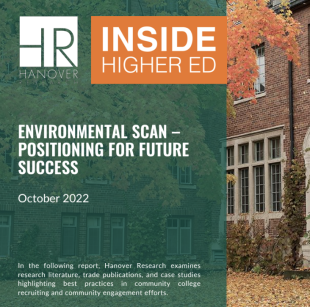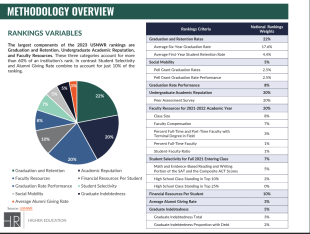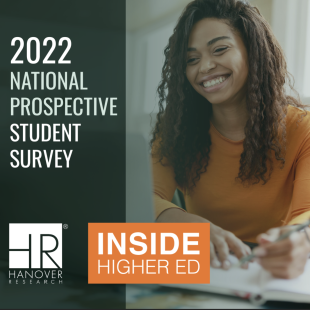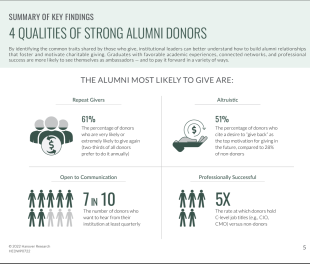Best Practices in Incentivizing Interdisciplinary Program Development
Across the past two decades, multi-disciplinary and interdisciplinary education has come to prominence in the United States. However, despite the value to be had for students engaged in interdisciplinary learning, many colleges and universities have struggled to overcome the administrative barriers to delivering instruction outside of established academic fields. In this brief, Hanover Research outlines some of the measures that can be taken to ensure the successful development of interdisciplinary programs.
Best Practices in Employee Engagement
In the following brief, Hanover provides an analysis of best practices in employee engagement and community building, particularly focusing on virtual and hybrid working environments.
College Stress Test Improvement Review
In the following report, Hanover Research provides an overview of annual changes to college and university financial stress levels, following the methodology outlined in The College Stress Test: Tracking Institutional Futures across a Crowded Market.
Best Practices and Recent Trends in Maintaining Academic Integrity
In the following report, Hanover provides an examination and discussion of the best practices and recent trends for maintaining academic integrity in higher educational institutions, focusing specifically on policy action that best supports integrity in graduate business schools.
Environmental Scan – Positioning for Future Success
In the following report, Hanover Research examines research literature, trade publications, and casestudies highlighting best practices in community college recruiting and community engagement efforts.
U.S. News World Report - 2023 Best Colleges Rankings Review
In the following report, Hanover Research reviews U.S. News & World Report’s 2023 National Universities and Liberal Arts Colleges rankings.
2022 National Prospective Student Survey
In July 2022, Hanover Research surveyed more than 1,000 high school sophomores and juniors, ages 16 to 19, from across the United States who are at least slightly likely to enroll in an undergraduate or non-degree program at a higher education institution upon completion of high school. The survey examines the factors that are important to prospective students when considering where to apply and enroll.
2022 State of Alumni Giving
By identifying the common traits shared by those who give, institutional leaders can better understand how to build alumni relationships that foster and motivate charitable giving.
Pagination
Pagination
- 3
- /
- 4

